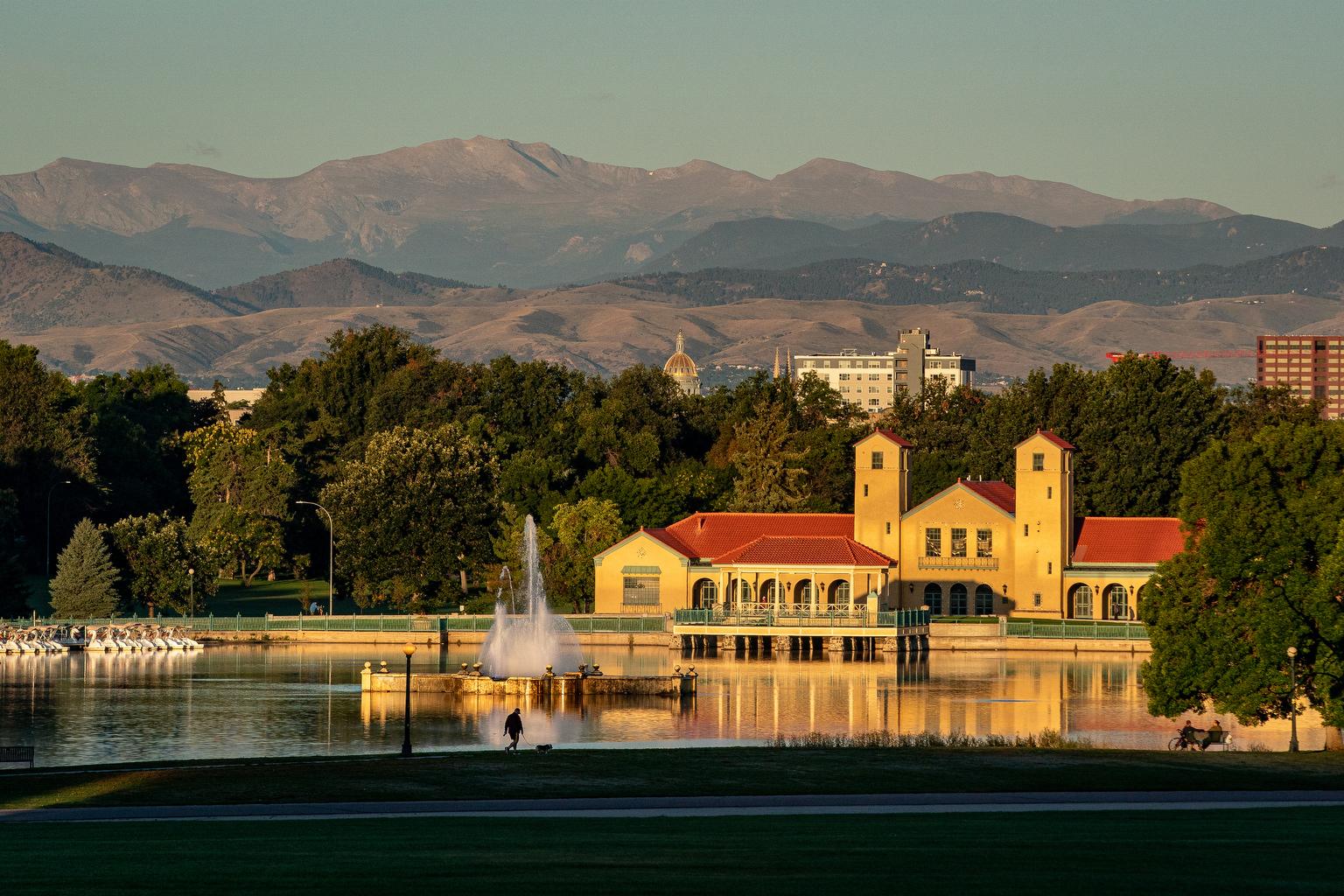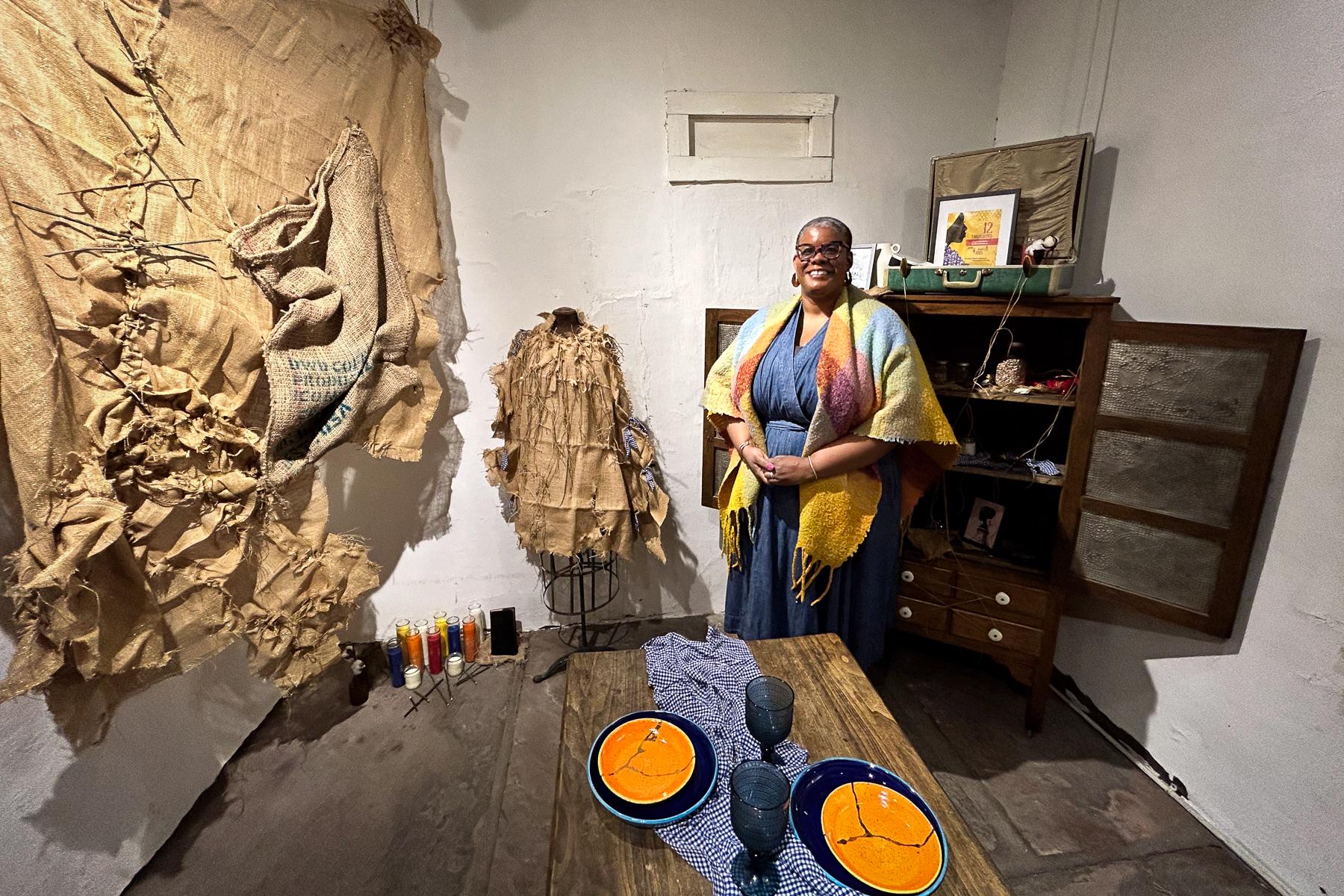
Updated 3:53 p.m. on Friday, Sept. 15, 2023
The mountain that towers high above Metro Denver was renamed Friday as Mount Blue Sky.
The U.S. Board on Geographic Names decided to rename 14,265-foot Mount Evans during a virtual meeting attended by about 90 people. Attendees included about half a dozen members of the media as well as 19 people from various federal government agencies who formed the panel.
After years of examination, discussion and debate in Colorado, the actual decision took only about five minutes to be finalized.
The mountain had been named for Colorado’s second territorial governor, John Evans, who was determined by historians to have set in motion the Sand Creek Massacre of 1864 that killed at least 230 Cheyenne and Arapaho people, mostly women, elders and children.
Following a review of the meeting notes and introductions, board research staff member Jennifer Runyon reviewed the submissions for new names that had been received over the last three years. They included Mount Soule, Mount Rosalie, Mount Sisty, and Mount Evans – not for the controversial former territorial governor, but for another descendent from the same family – and Mount Cheyenne-Arapaho.
“There’s everything there you need to know to make an informed decision today,” Runyon said.
Immediately, someone nominated Mount Blue Sky as the replacement name, and someone else seconded the suggestion.Then Chris Hammond, a member of the Domestic Names Committee, spoke about a tribal consultation process that had occurred in June. After the leader of one tribe objected to Mount Blue Sky, Native tribes came together to discuss the topic. Hammond called it a collegial conversation in which all parties expressed their point of view but failed to reach consensus.
“I don’t think we can reach a consensus that satisfies all names, but I do hope the name we pick starts the healing process,” Hammond said. “Not something that would cause division between the various parties involved.”
A vote was called after only a few minutes of discussion. Fifteen people voted in favor of Mount Blue Sky. Three people abstained, and one opposed. It was not clear who the abstentions or opposition were from.
The formal process of renaming of the mountain began with meetings at the state level last year, but followed years of re-examinations of Evans’ role in creating the conditions that led to the Sand Creek killings. After several meetings during which six proposed name changes were considered and discussed, The Colorado Geographic Naming Advisory Board, which is under the umbrella of the Colorado Department of Natural Resources, last November unanimously approved the name Mount Blue Sky, a replacement that had been submitted by tribal elder of the Southern Arapaho tribe, Fred Mosqueda.
It seemed replacing the name Mount Evans with Mount Blue Sky was a near no-brainer, especially after it was agreed to by the governor and moved along to the federal government for consideration and anticipated approval in March.
Then things hit a snag. In March, just as the meeting with the U.S. Board of Geographic Names was to begin, the name was challenged by Northern Cheyenne tribal administrator William F. Walks Along. He objected to the prospective use of the name Mount Blue Sky because he said it conflicted with his nation’s use of the term in their confidential sacred ceremonies.
Walks Along supported renaming the mountain Mount Cheyenne-Arapaho, which had been submitted by another member of his tribe. It was the only other name that seemed to have a chance of being selected, based on previous discussions.
According to Chris Arend, spokesperson for the Department of Natural Resources which oversees the Colorado Geographic Naming Advisory Board, there is no appeal process. In the previous renaming of features, he said in an email, “Once the US BGN decided that was the last step.”
It’s not known how long it will take for maps and area road signs to reflect the new name.








